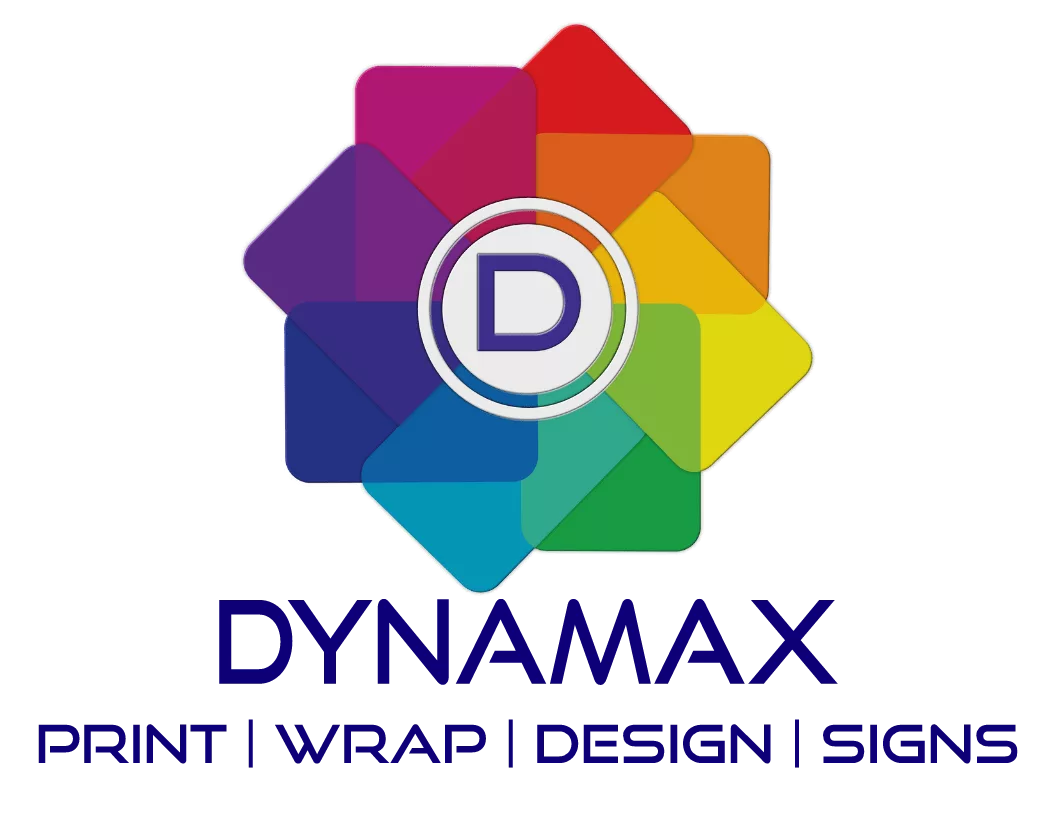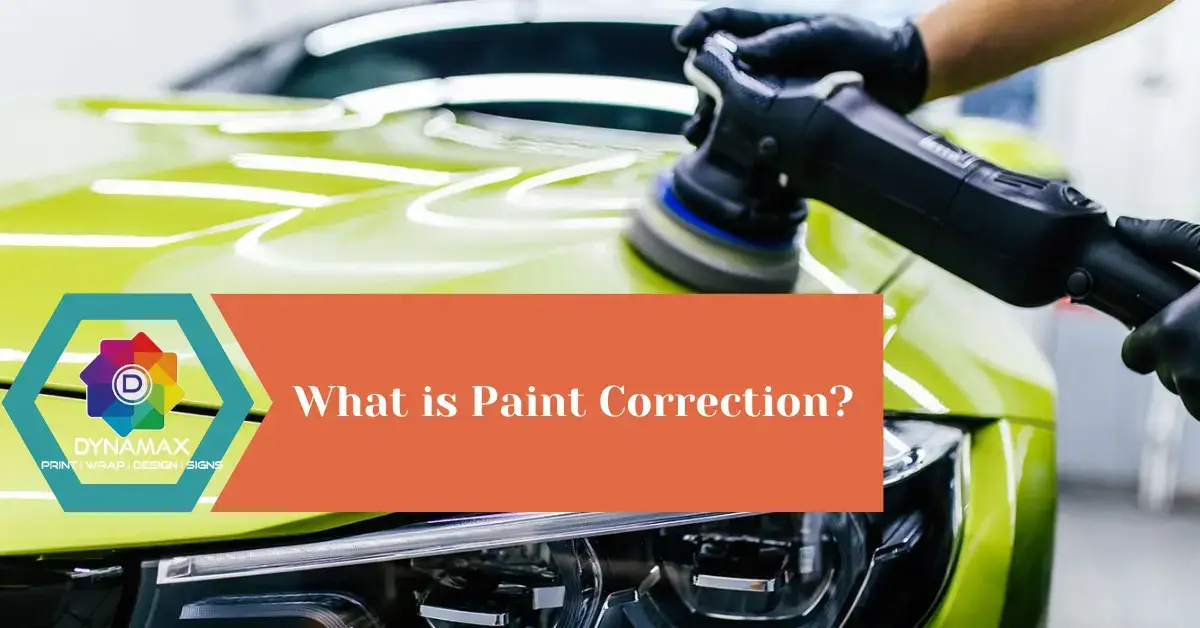Have you ever found yourself wondering, “How do they keep it looking so good?” when watching a sparkling car on the road? The need for proper care of automotive paint is no longer a secret. With the supervision under Dynamax, we’ll go into great detail about what is paint correction, what is the process of car paint correction, its potential benefits and how to maintain the brand-new appearance of your automobile in this Blog.
What is Paint Correction?
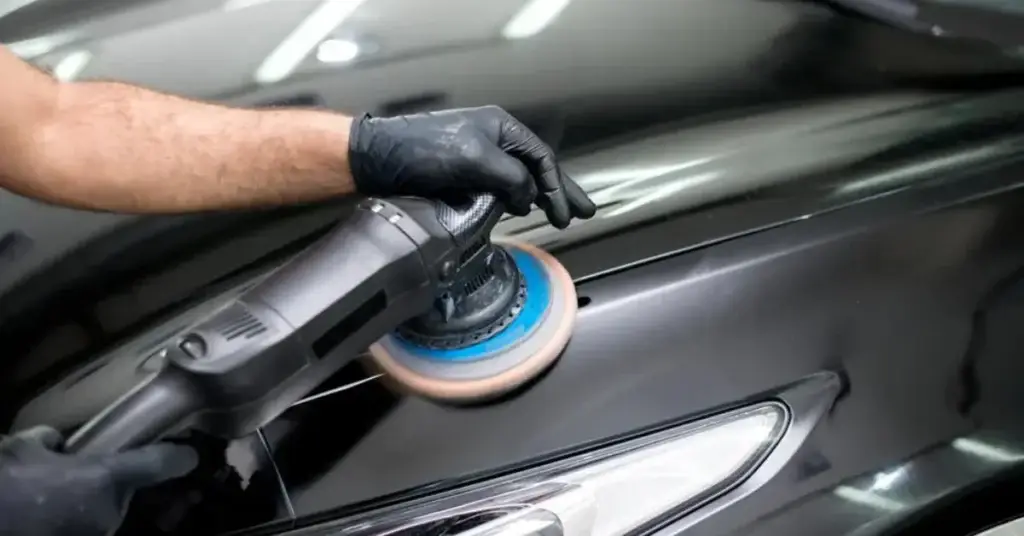
Paint correction is restoring a vehicle’s paint surface by removing imperfections such as swirl marks, light scratches, and other paint defects. This correction process often involves using a polisher, buff, and various coatings such as wax or sealant to protect the vehicle’s paint from UV rays and contaminants.
The level of correction needed for an automotive depends on the type of paint and the paint damage present. Additionally, paint correction may involve the application of a ceramic coating or paint protection film to further protect your vehicle’s paint job.
Paint correction is usually based on three steps or levels, each based on the level of paint damage to the clear coat.
Step 1 Paint Correction

1-step paint correction, often referred to as single-stage paint enhancement, means polishing the paint in just one step with a single application of polish. This procedure greatly improves the car’s look by erasing minor scratches and swirl marks. Stage 1 paint correction is easier and faster than other stages.
2-step paint correction
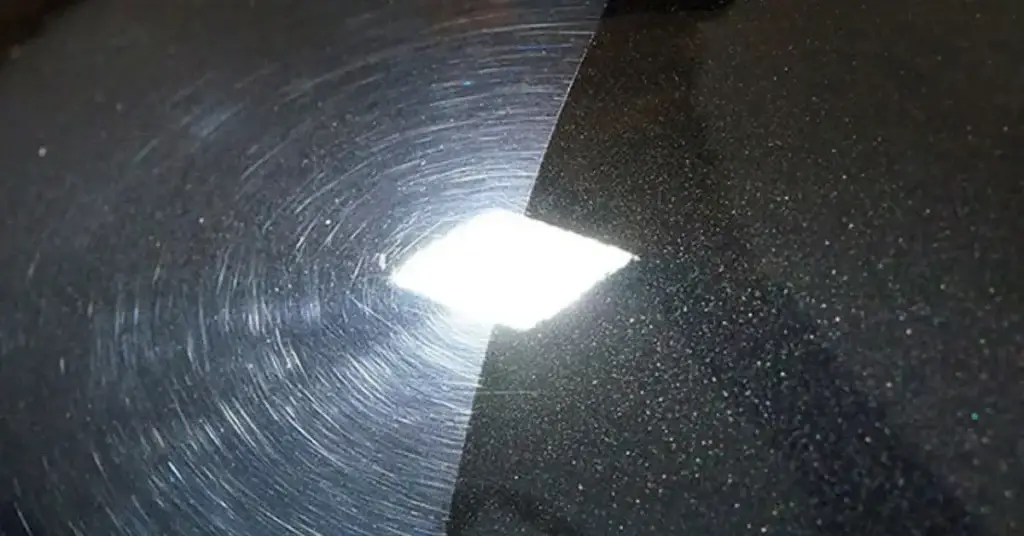
This process commonly known as stage 2 paint correction, is preferred when there are medium scratches and swirl marks. Usually, there are two polishing phases in the two-step paint Correction process. An intense polish is used in the first stage to remove severe scratches and flaws. On the other hand, a softer polish is used in the second step to improve the shine and refine the surface. This technique offers a more complete solution for cars with mild paint flaws.
3-step paint correction
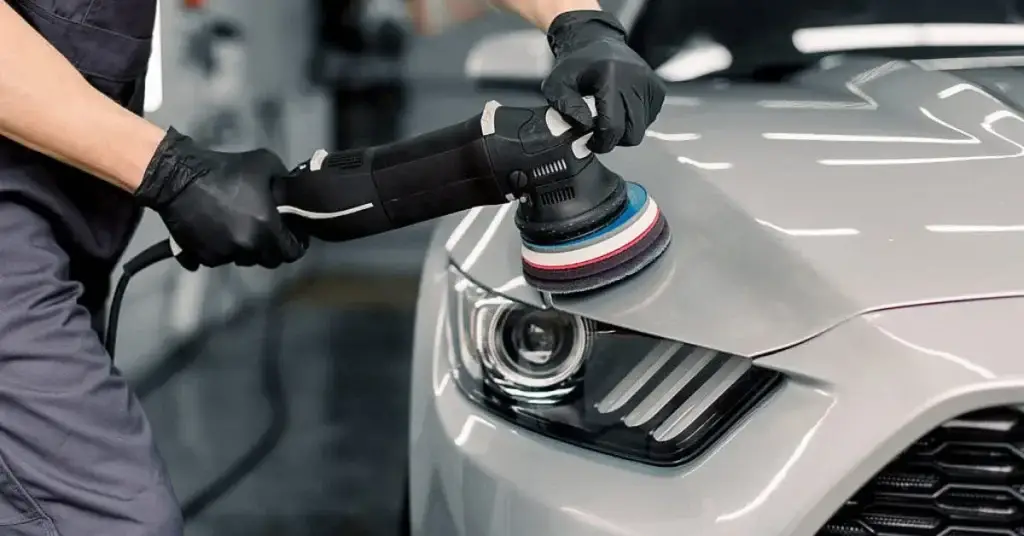
The most thorough and involved procedure is called “3 Step Paint Correction,” and it consists of three separate steps. First of all, a heavy-cut compound is used in the initial stage to remove noticeable and noticeable flaws. Secondly, a medium-cut polish is used in the second stage to fix any lingering flaws. Lastly, a fine polish is applied in the last step to get the best shine and finish possible. This technique works best for cars with serious paint problems or to get a showroom-quality finish.
Benefits of Car Paint Correction
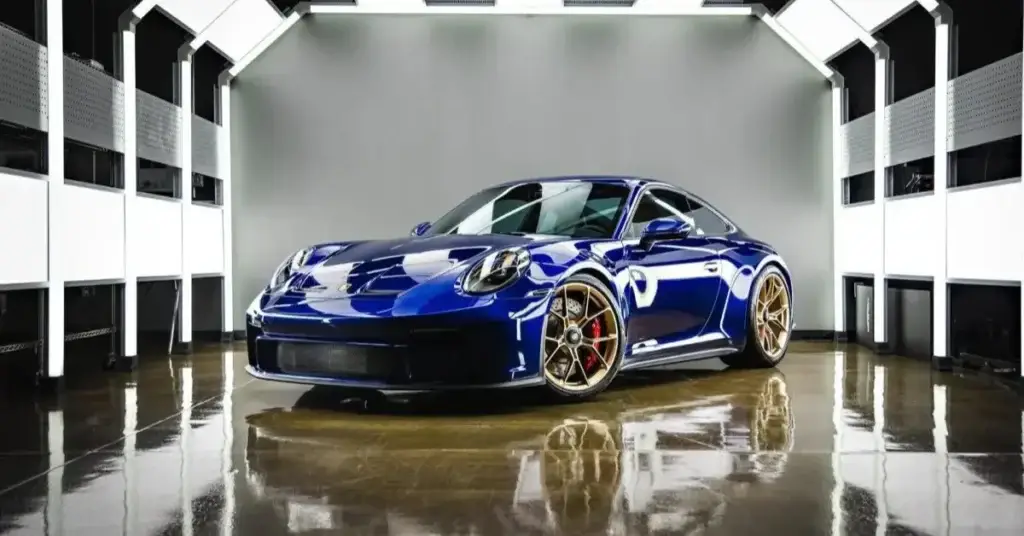
Now that you understand automotive paint protection let’s discuss why you should use it for your automobile.
- Maintain the New Look of Your Car.
Who wouldn’t want their automobile to maintain its showroom appearance for as long as possible? By avoiding fading and oxidation from UV exposure, car paint protection helps preserve that new-from-the-dealer appearance.
- Shield Against Environmental Impairment
Your automobile’s paint can be severely damaged by road salt, tree sap, and bird droppings. An effective paint protection solution forms a barrier to keep these dangerous elements out of the paint.
- Makes Cleaning Simpler
Grease and dirt are less likely to adhere to your automobile when it has a protective layer. When it comes time for a wash, this means less time and effort.
How Does Paint Correction Work?
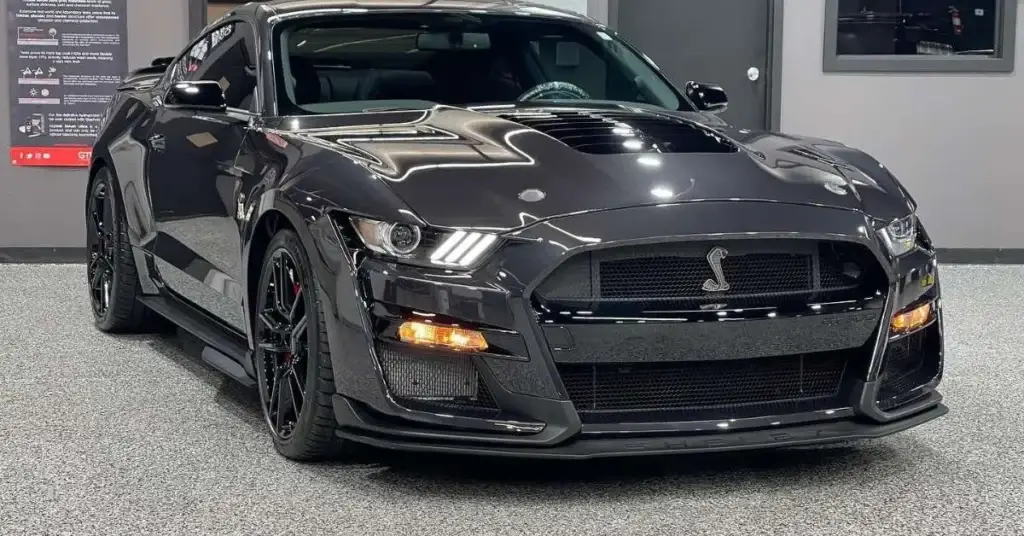
A typical color correction process involves using a buffer, a buffing compound, and a soft microfiber cloth. The buffing and polishing method continues until the scratches and swirl marks are obliterated. Let’s look at the detailed process of pain correction on a car.
1. Clean the affected area.
Clean the spot you want to work on before starting the process. Use a decontamination spray to remove any dirt to get optimum results. Some alternatives include using an iron or fallout remover or a clay bar treatment. This will guarantee a thorough cleaning that reaches the smallest dirt particles and reduces the chance of further deteriorating the vehicle’s paint. A thorough wash before car color correction is also a good option for your car.
2. Analyzing the damage
Examine the cleaned surface to see how much damage has been done. This will help you determine how deep the scratches are and the best way to fix them. Light scratches that are too small to show through your fingernail usually damage the transparent layer and can be polished off. Repairing deeper scratches that reveal the base coat requires additional work.
3. Leveling the Surface
To level the top layer, use an electric polisher with a cutting compound and a microfiber cutting pad. After that, apply the compound and move consistently forward and backward into the affected region. Further, replace the cutting pad regularly to keep it functional and prevent harm to the unaffected areas.
4. Polishing the Surface
Using vehicle polish on the surface toe to remove vehicle polish on the surface is frequently a multi-step procedure that begins with a more gritty polish to address more profound defects and ends with a finer polish for a shiny, smooth finish.
5. Recoating for Protection
When the clear coat is polished, add a layer of protection. Car wax and stronger nano ceramic coatings are two alternatives. These coatings offer superior resistance to scratches and defense against UV radiation and environmental elements, with a lifespan of many years.
Protect Your Vehicle With Dynamax.
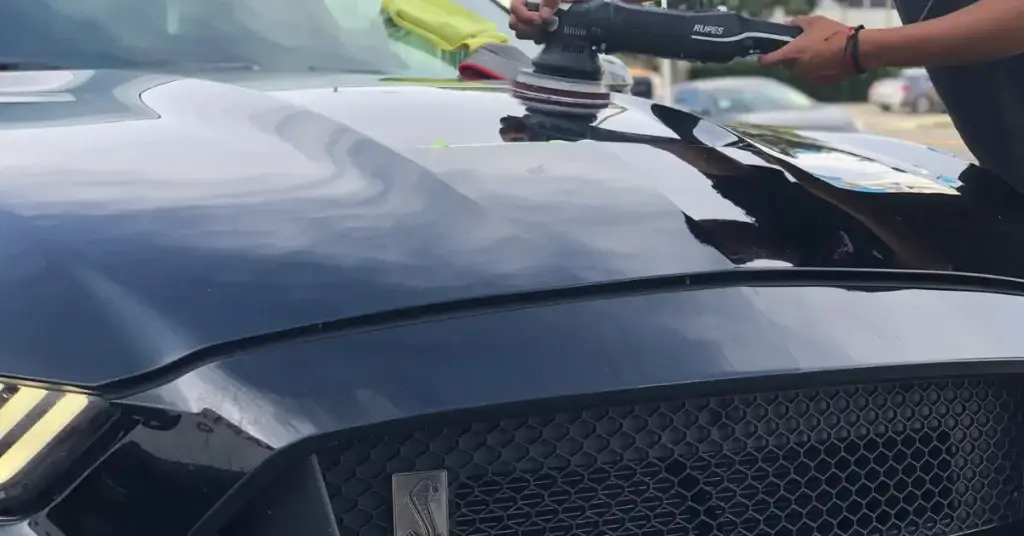
Although conventional auto wax and synthetic paint sealants have long been the go-to methods for protecting car paint, contemporary technology now provides more robust and efficient alternatives. Paint protection film (PPF) and nano ceramic coatings are two of Dynamax’s sophisticated paint protection alternatives, offering improved protection and a lower chance of swirl marks.
Dynamax Paint Protection Solutions
Dynamax offers the following vehicle color protection solutions. Choose the one that fits your budget and vehicle condition.
Nano Ceramic Coating
The nano ceramic coatings from Dynamax offer your car’s paint a strong barrier that lasts a long time and leaves a unique glossy finish. There are many packages available, so you may select the amount of security that best fits your requirements:
- Bronze Package: Includes Paint Enhancement Polish 1-2 hours of polishing
- Silver Package: Polish the entire exterior in 6-8 hours
- Gold Package: Polish and Compound the Entire Exterior in 12-16 hours
Our nano coatings have unmatched strength and endurance, curing to a 9H hardness. These layer-building coatings offer increased durability and depth and come with a solid backing.
Paint Protection Film (PPF)
Against chips, scratches, and other potential paint damage, Dynamax’s PPF provides the finest protection. You can protect the most exposed parts of your car with customized coverage options:
- Paint Protection Film (Hood/Bumper/Roof/Rear Quarter Panels)
- Complete Front End Ppf & Ceramic
- Combo Pack– Front End Ppf & Ceramic Coating Complete With Full 2 Step Paint Correction With Full Detail
| Type of Paint Protection | Pros | Cons |
| Wax | Easy to apply Provides a shiny finish | Needs frequent reapplication |
| Sealants | Synthetic and durable Lasts longer than wax | Requires professional application |
| Ceramic Coatings | Long-lasting and tough Provides a deep gloss | Higher cost but less frequent Maintenance |
| Paint Protection Film | Clear, durable film applied to the car’s surface Offers the best protection against chips and scratches | Can be pricey and requires professional installation |
Why Choose Dynamax Paint Protection?
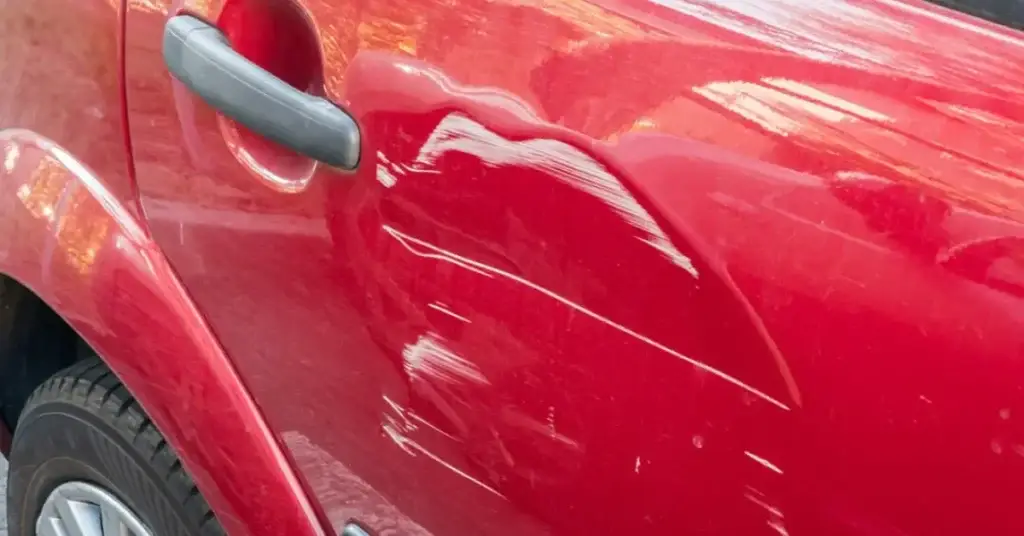
By purchasing Dynamax’s superior paint protection products, you can be confident that your car will continue to look new for many years. Whether you choose PPF or our nano-ceramic coatings, you can rely on Dynamax to deliver the best possible vehicle paint protection.
Final Verdict
Paint correction efficiently eliminates flaws and brings back the natural shine of your car’s paint, whether it is a one-step, two-step, or three-step process. Moreover, when combined with premium paint protection products like paint protection film (PPF) and nano-ceramic coatings from Dynamax, you get long-lasting protection against possible damage, such as swirl marks, scratches, and UV damage. Dynamax provides unparalleled durability and a showroom-quality finish, with options customized to meet your unique requirements and budget constraints.
FAQs
1. Does Paint Correction Remove the Clear Coat?
Paint correction removes a very small layer of the clear coat to erase flaws and restore the paint’s sheen.
2. Is Polishing Needed Before Applying Ceramic Coating?
Yes, polishing is necessary before applying a ceramic coating to guarantee that the surface is flawless and to aid in the coating’s adhesion.
3. How long does paint correction last?
Depending on the setting and the level of care the automobile receives, paint repair results usually last six months.
4. Is paint correction permanent?
Color correction is not permanent. Although it can eliminate surface flaws, new blemishes and imperfections may develop over time.
